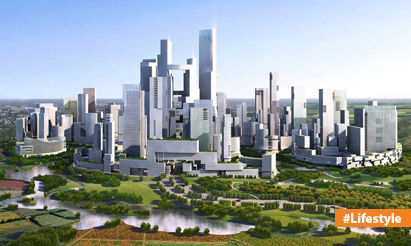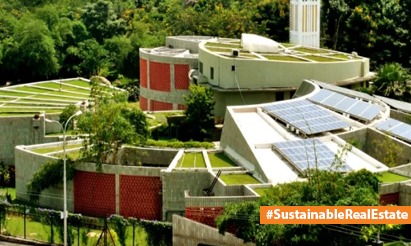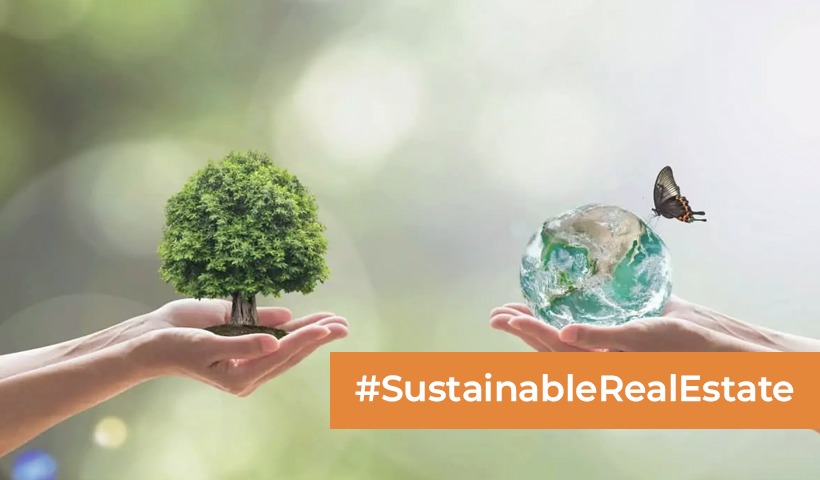Greening India’s Real Estate: Pioneering Sustainable Practices!
In recent years, India has witnessed a remarkable transformation in its real estate sector, with a significant shift towards sustainable and eco-friendly building practices. As the world grapples with environmental challenges, the country has taken the lead in promoting green buildings that not only reduce the environmental impact but also contribute to the well-being of its inhabitants. This green building revolution in India is not only driven by environmental consciousness but also by economic benefits and regulatory support.
Green buildings are designed and constructed to minimize resource consumption, reduce waste, and optimize energy efficiency. These structures are built using sustainable materials, incorporate energy-efficient technologies, and often include renewable energy sources. The revolution is spearheaded by several key factors:
Government Initiatives and Policies:
The Indian government has played a pivotal role in promoting green building practices through various initiatives and policies. The Leadership in Energy and Environmental Design (LEED) India and the Green Rating for Integrated Habitat Assessment (GRIHA) are two widely recognized rating systems that assess a building’s environmental performance. These certifications encourage developers to adopt sustainable practices by providing incentives, tax benefits, and faster clearances for green projects.
Corporate Social Responsibility (CSR):
Large corporations in India are embracing sustainability as part of their CSR initiatives. Many businesses have committed to constructing their office spaces and manufacturing units as green buildings. This not only helps them fulfill their social and environmental responsibilities but also reduces their operating costs through energy savings in the long run.
Cost-Effectiveness:
Contrary to the belief that green buildings are cost-prohibitive, developers have realized that sustainable construction can yield long-term cost savings. Although the initial investment may be higher, energy-efficient designs, reduced water consumption, and minimal maintenance costs result in substantial savings over the building’s lifecycle. This cost-effectiveness has incentivized more developers to opt for green building practices.
Environmental Benefits:
The pressing need to combat climate change and conserve natural resources has heightened the importance of green buildings. India’s green building revolution is contributing to lower greenhouse gas emissions, reduced water consumption, and conservation of natural habitats. Sustainable features such as rainwater harvesting, solar panels, and efficient waste management systems have become common in green buildings.
Enhanced Market Demand:
Homebuyers and tenants are increasingly recognizing the value of green buildings. The emphasis on health and well-being has led to a rise in demand for spaces that prioritize indoor air quality, natural light, and overall occupant comfort. Green buildings, with their focus on providing healthier living and working environments, are gaining preference in the real estate market.
India’s green building revolution is a testament to the country’s commitment to sustainable development. With strong government support, increased awareness among corporates, cost-effectiveness, environmental benefits, and growing market demand, green building practices have become mainstream in the Indian real estate sector. As the revolution gains momentum, India continues to lead the way in demonstrating that environmentally responsible construction can go hand in hand with economic prosperity and social well-being.
Disclaimer: The views expressed above are for informational purposes only based on industry reports and related news stories. PropertyPistol does not guarantee the accuracy, completeness, or reliability of the information and shall not be held responsible for any action taken based on the published information.




